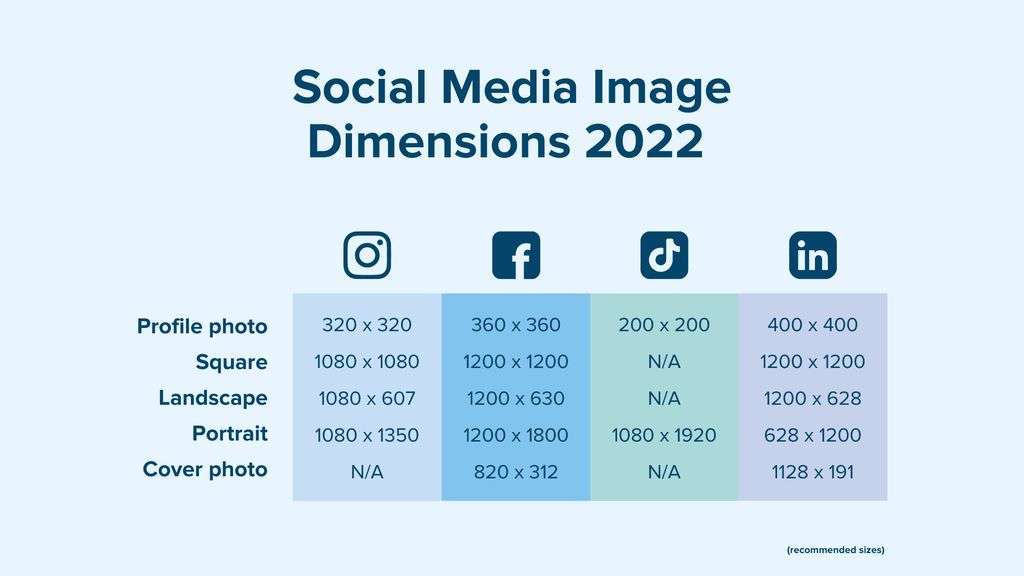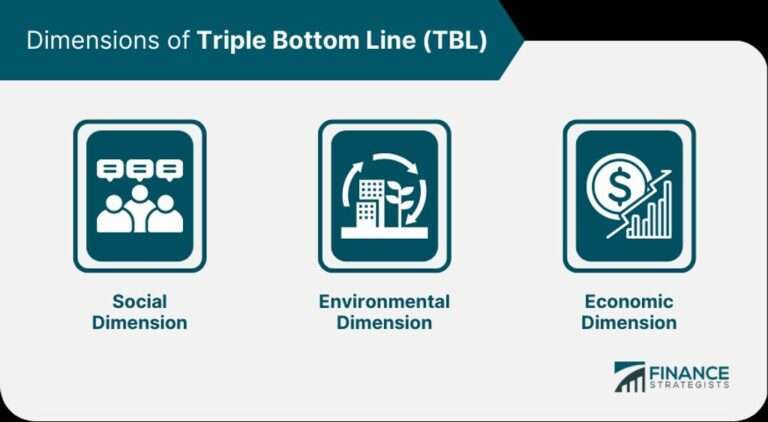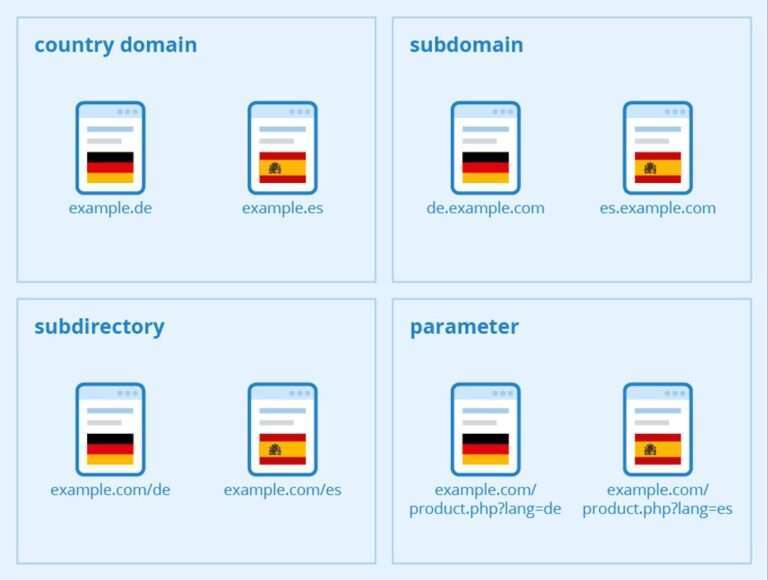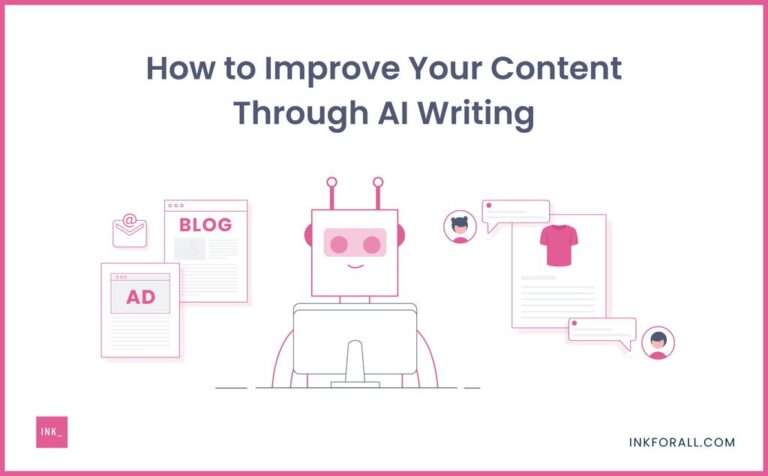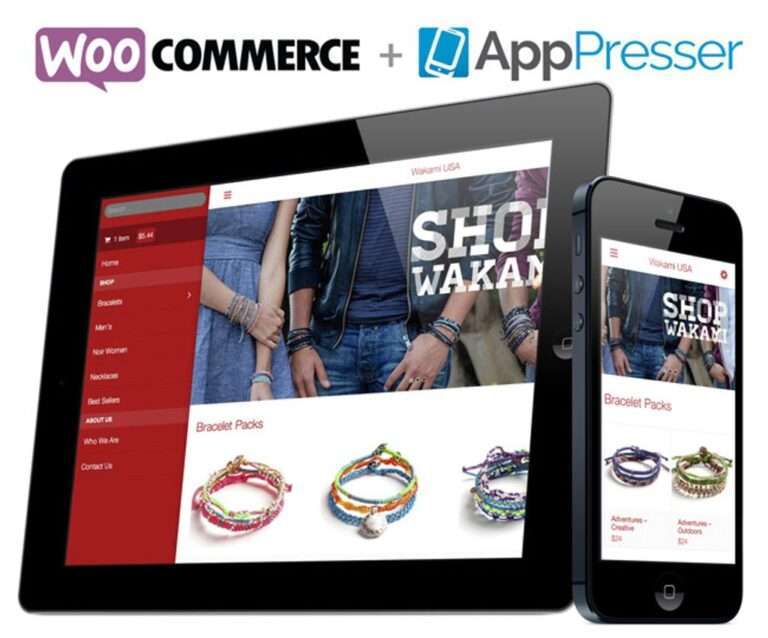What is Social Media Content?
Overview
Importance of Social Media Content
Social media content plays a crucial role in today’s digital landscape. It allows businesses to connect with their target audience, build brand awareness, and drive engagement. By consistently sharing valuable and relevant content, businesses can establish themselves as industry leaders and gain the trust and loyalty of their followers. Additionally, social media content provides an opportunity to showcase products or services, attract new customers, and increase website traffic. It is a powerful tool that can amplify a brand’s message and reach a wider audience.
Types of Social Media Content
Social media content can take various forms, each serving a different purpose in engaging and connecting with the audience. Some common types of social media content include:
Text-based content: This includes blog posts, articles, and social media updates that primarily rely on written text to convey information.
Visual content: Images, infographics, and videos are highly effective in capturing the attention of social media users and conveying messages visually.
User-generated content: Encouraging users to share their experiences, testimonials, and feedback can help build trust and authenticity.
Interactive content: Quizzes, polls, contests, and interactive posts encourage audience participation and increase engagement.
By diversifying the types of content used, businesses can effectively reach and resonate with their target audience.
Benefits of Effective Social Media Content
Effective social media content offers numerous benefits for businesses. Increased brand visibility is one of the key advantages, as engaging content can attract a wider audience and help establish a strong online presence. Additionally, well-crafted content can drive website traffic and generate leads, leading to potential conversions and sales. Moreover, building customer loyalty is another benefit, as valuable and relevant content can establish trust and credibility with the audience. Finally, effective social media content enables businesses to stay ahead of competitors and adapt to changing trends in the digital landscape, ensuring long-term success.
Planning Social Media Content
Identifying Target Audience
When planning social media content, it is crucial to identify your target audience. Understanding who your audience is will help you tailor your content to their interests and preferences. Conducting market research, analyzing demographics, and studying consumer behavior can provide valuable insights into your target audience. Additionally, creating buyer personas can help you visualize and understand your audience better. By identifying your target audience, you can create content that resonates with them and drives engagement.
Setting Content Goals
Setting content goals is a crucial step in effectively managing social media content. These goals provide a clear direction and purpose for your content strategy. They help you define what you want to achieve through your social media presence, whether it’s increasing brand awareness, driving website traffic, generating leads, or improving customer engagement. By setting specific, measurable, achievable, relevant, and time-bound (SMART) goals, you can track your progress and evaluate the success of your content efforts. Additionally, aligning your content goals with your overall marketing objectives ensures a cohesive and integrated approach across all channels. Consider creating a table or list to outline your content goals, including the desired outcomes, target metrics, and timeline for achieving them.
Creating a Content Calendar
A content calendar is an essential tool for effectively managing social media content. It helps in organizing and planning the content creation process, ensuring a consistent and strategic approach. A content calendar provides a visual overview of the content schedule, allowing you to see what content will be published and when. It also helps in avoiding content duplication and ensures that each piece of content aligns with your overall content strategy. By planning and scheduling your social media content in advance, you can maintain a consistent posting frequency and ensure that your content is timely and relevant to your target audience.
Creating Engaging Social Media Content
Understanding Platform Algorithms
When it comes to social media content, understanding platform algorithms is crucial. Algorithms determine what content is shown to users, making it essential to tailor your content strategy accordingly. Platforms like Facebook and Instagram use algorithms that take into account factors such as user engagement, relevance, and timeliness. To effectively navigate these algorithms, consider the following strategies:
- Stay up to date: Keep track of any algorithm updates or changes made by the platforms.
- Quality over quantity: Focus on creating high-quality content that resonates with your target audience.
- Engagement is key: Encourage audience interaction through likes, comments, and shares to boost visibility.
By understanding and adapting to platform algorithms, you can optimize your social media content and increase its reach and impact.
Utilizing Visual Content
Visual content is a powerful tool in social media marketing. Images and videos have the ability to grab users’ attention and convey messages effectively. When utilizing visual content, it is important to consider the platform’s requirements and best practices. For example, on Instagram, high-quality and visually appealing images perform better, while on TikTok, short and engaging videos are more effective. Additionally, incorporating infographics and charts can help simplify complex information and make it more digestible for the audience. By incorporating visually appealing and relevant content, social media managers can increase user engagement and enhance the overall effectiveness of their social media strategy.
Writing Compelling Captions
Captions play a crucial role in capturing the attention of social media users and encouraging them to engage with your content. To write compelling captions, it’s important to understand the platform algorithms and how they prioritize content. Using relevant keywords and incorporating calls to action can help increase visibility and encourage user interaction. Additionally, utilizing visual content such as images and videos can make your captions more engaging. Remember to keep your captions concise and impactful, and experiment with different styles and tones to find what resonates best with your target audience.
Measuring and Analyzing Social Media Content
Tracking Key Metrics
Tracking key metrics is essential in effectively managing social media content. By monitoring metrics such as reach, impressions, engagement, and conversion rates, social media managers can gain valuable insights into the performance of their content. These metrics help identify which types of content are resonating with the target audience and which strategies are driving the most success. Additionally, tracking key metrics allows for data-driven decision-making, enabling social media managers to optimize their content strategy and achieve better results.
Analyzing Audience Engagement
Analyzing audience engagement is a crucial step in effectively managing social media content. By tracking key metrics such as likes, comments, and shares, social media managers can gain valuable insights into the performance of their content. This data allows them to identify what types of content resonate most with their audience and make data-driven decisions on future content strategies. Additionally, analyzing audience engagement helps social media managers understand the effectiveness of their engagement tactics and make necessary adjustments to improve audience interaction. Overall, by regularly analyzing audience engagement, social media managers can optimize their content strategy to better meet the needs and preferences of their target audience.
Making Data-Driven Decisions
When it comes to making data-driven decisions for your social media content, it is important to track key metrics and analyze audience engagement. By monitoring metrics such as reach, engagement, and conversions, you can gain valuable insights into the effectiveness of your content strategy. Additionally, analyzing audience engagement through likes, comments, and shares can help you understand what type of content resonates with your audience. Armed with this data, you can make informed decisions on what content to create and how to optimize it for better results. Remember, data is a powerful tool that can guide your social media content strategy and drive success.


